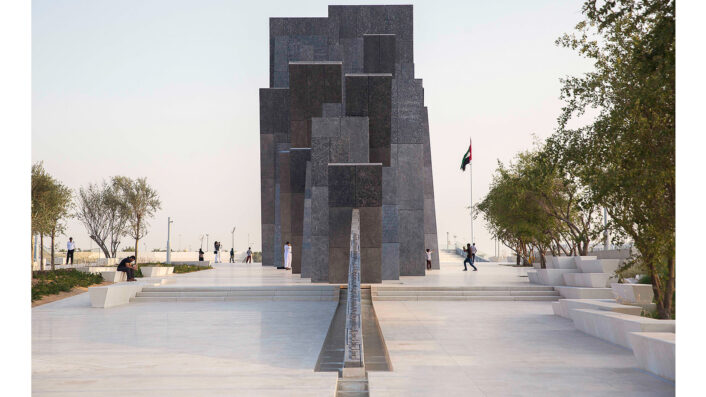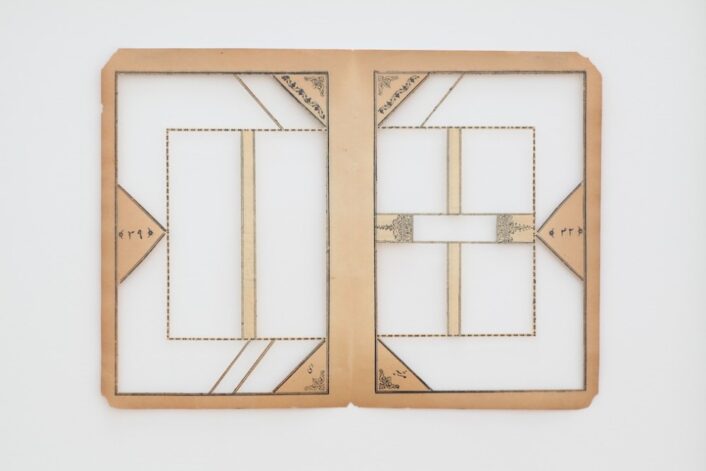Architecture
National Museum of Qatar
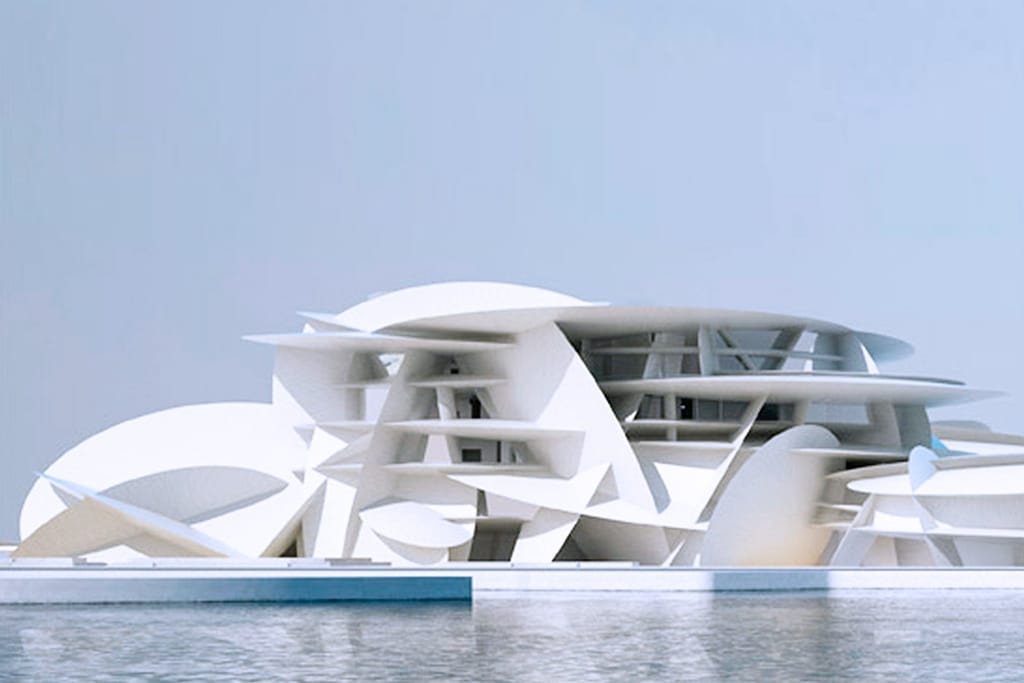
The museum was built on the site of the Royal Palace of Sheikh Abdullah bin Jassim Al Thani. This twentieth-century landmark is of major heritage value to Qatar.
Image courtesy of: Glassbel
The National Museum of Qatar opened this past spring and is dedicated to tell the story of the “People of Qatar”. Rising up in the Doha landscape, the museum’s architect, Jean Nouvel wanted to create a contradiction between the country’s history- silent and eternal… yet shaken up and unshakeable.
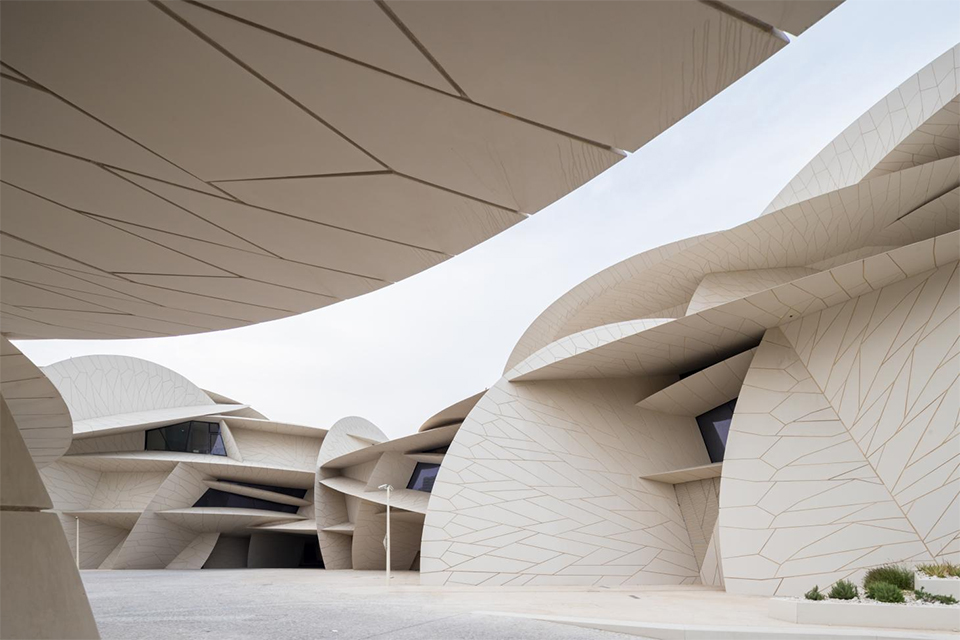
539 conical discs were interwoven as “petals”. These petals were cast in glass fiber-reinforced concrete.
Image courtesy of: Wallpaper, photographed by: Iwan Baan
The museum’s architecture is meant to resemble a desert rose. Nouvel’s masterful display of interlocking concrete discs conveys the bridging of sea and desert… both elements vital to the people of Qatar.
Qatar is a nation with people who settled along the seaboard creating coastal towns which became ports for passing nomads, and not only local fisherman and pearl divers.
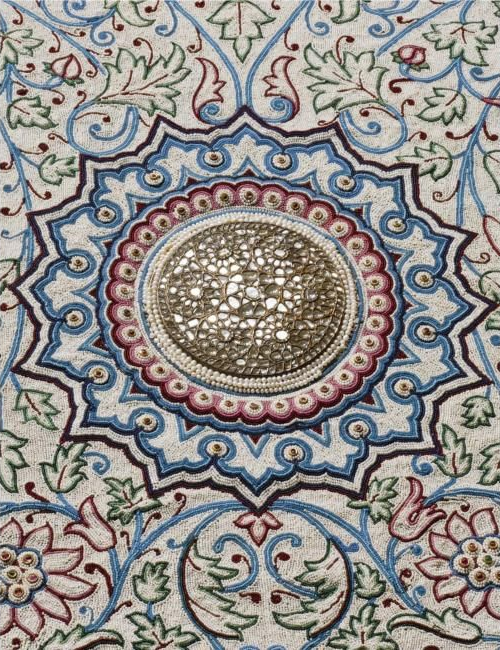
The Pearl Carpet of Baroda is the world’s most expensive carpet. The $5.5 million carpet was commissioned over a century ago by the Maharaja of Baroda. This work-of-art is embellished with over two million natural seed pearls which came from the Gulf and encrusted with diamonds, rubies, and emeralds. The carpet was auctioned in 2009 and it is now on display at the museum.
Image courtesy of: Sothebys
The 40,000 square foot museum’s opening was delayed by two years; but the wait was worth it! The museum narrative is presented in eleven galleries and it is a 1.5-kilometer journey through three “chapters” of Quatari history: Beginnings, Life in Qatar, and Building the Nation.
The northern coast of Qatar was important because it was an ideal stopover on the way to Britain’s Indian colony. Zubarah was the powerful city of the time and its citizen were sustained by the pearling industry.
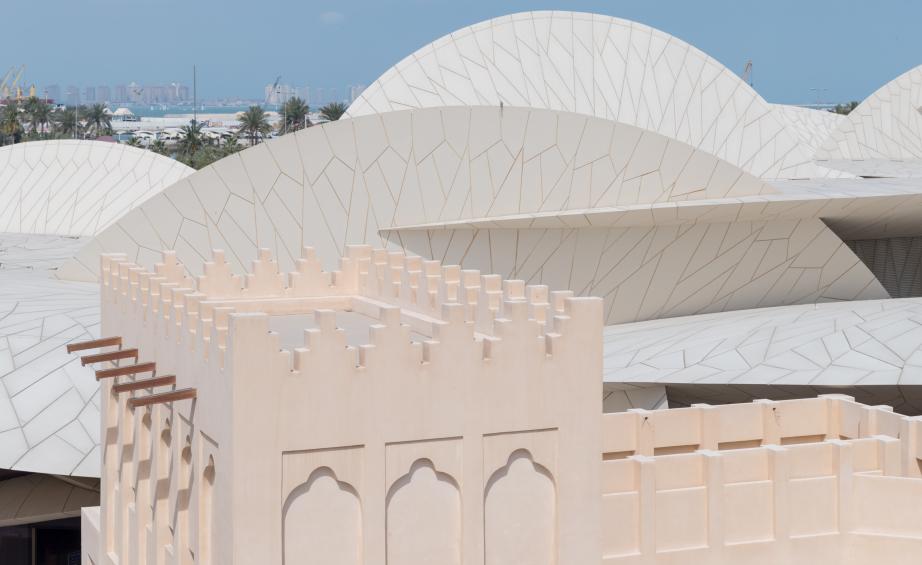
The museum sits among historical architecture of the region.
Image courtesy of: Wallpaper, photograph courtesy of: Iwan Baan
The nation’s fortune changed forever when it struck oil in 1939. The finding of natural gas in the 1970s helped the economy further. In 1995, Sheikh Hamad bin Khaifa Al Thani seized power and turned Qatar into the economic monstrosity it is today.
The architect, Jean Nouvel, created the new building with embraced the newly reimagined historic palace of Sheikh Abdullah bin Jassim Al Thani, the son “modern” Qatar’s founder.
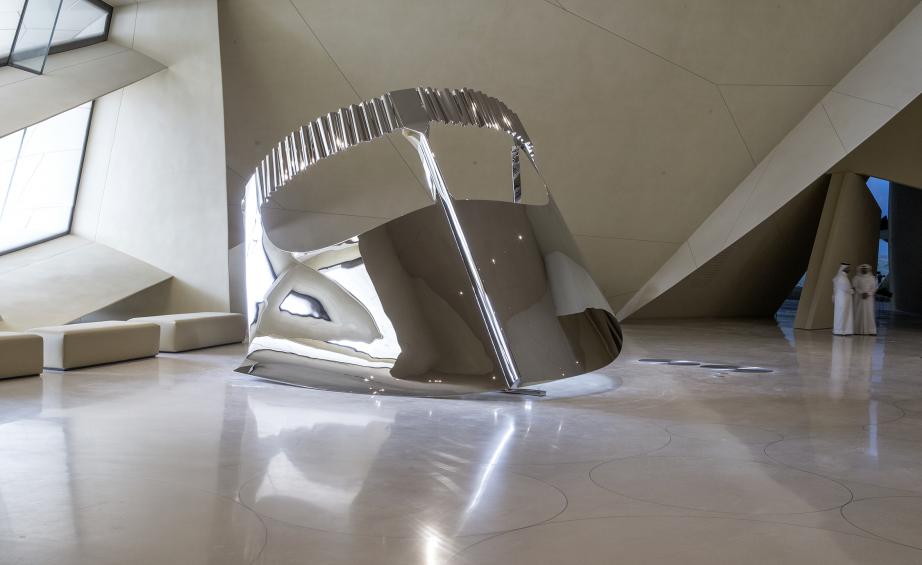
The windows at the museum were carefully placed to protect the interior from the region’s intense and stifling heat.
Image courtesy of: Wallpaper, photographed by: Danica O. Kus
About designing the museum, French, Pritzker prize-winning architect, Jean Nouvel said, “To construct a building 350 meters long, with its great big inward-curving disks, and its intersections and cantilevered elements—all the things that conjure up a desert rose—we had to meet enormous technical challenges. This building is at the cutting-edge of technology, like Qatar itself.”

